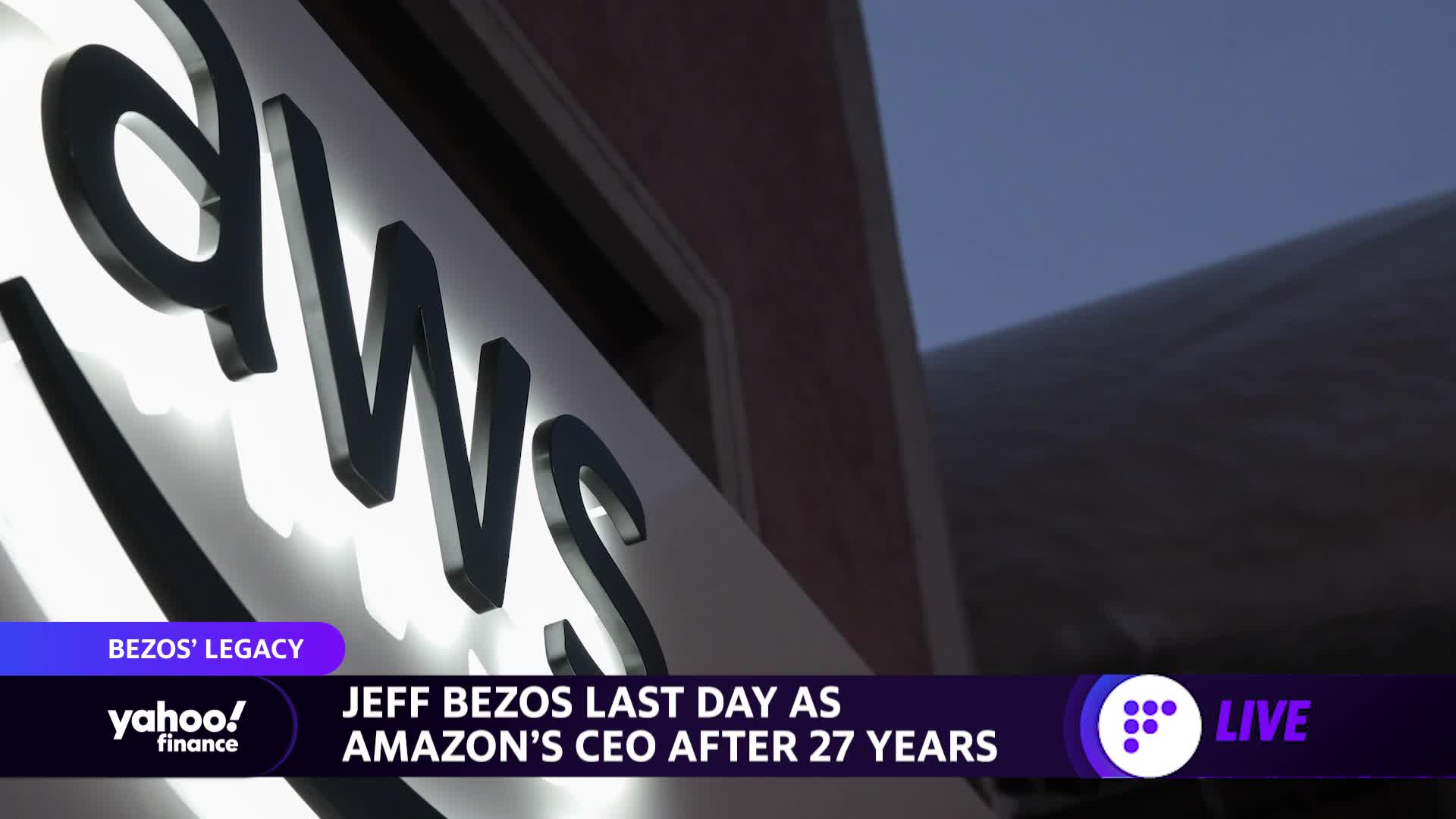
The cost of cloud, a trillion dollar paradox
There is no doubt that the cloud is one of the most significant platform shifts in the history of computing. Not only has cloud already impacted hundreds of billions of dollars of IT spend, it’s still in early innings and growing rapidly on a base of over $100B of annual public cloud spend. This shift is driven by an incredibly powerful value proposition — infrastructure available immediately, at exactly the scale needed by the business — driving efficiencies both in operations and economics. The cloud also helps cultivate innovation as company resources are freed up to focus on new products and growth.
However, as industry experience with the cloud matures — and we see a more complete picture of cloud lifecycle on a company’s economics — it’s becoming evident that while cloud clearly delivers on its promise early on in a company’s journey, the pressure it puts on margins can start to outweigh the benefits, as a company scales and growth slows. Because this shift happens later in a company’s life, it is difficult to reverse as it’s a result of years of development focused on new features, and not infrastructure optimization. Hence a rewrite or the significant restructuring needed to dramatically improve efficiency can take years, and is often considered a non-starter.
Now, there is a growing awareness of the long-term cost implications of cloud. As the cost of cloud starts to contribute significantly to the total cost of revenue (COR) or cost of goods sold (COGS), some companies have taken the dramatic step of “repatriating” the majority of workloads (as in the example of Dropbox) or in other cases adopting a hybrid approach (as with CrowdStrike and Zscaler). Those who have done this have reported significant cost savings: In 2017, Dropbox detailed in its S-1 a whopping $75M in cumulative savings over the two years prior to IPO due to their infrastructure optimization overhaul, the majority of which entailed repatriating workloads from public cloud.
















/cdn.vox-cdn.com/uploads/chorus_asset/file/25330660/STK414_AI_CHATBOT_H.jpg)
